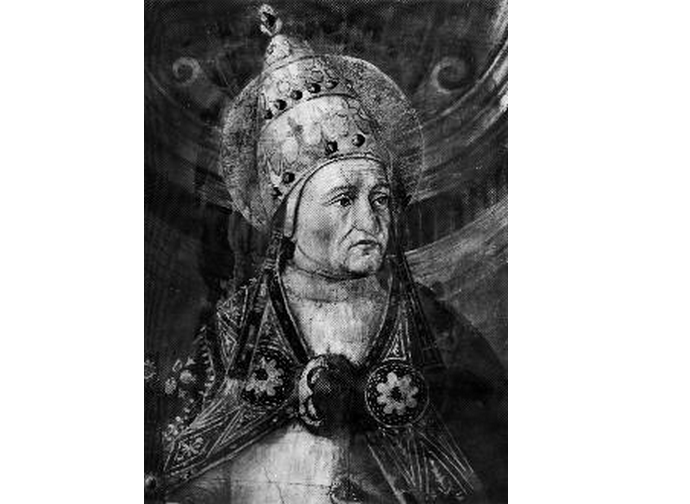Saint Felix I
The pontificate of St. Felix I († 30 December 274) began on January 5th, 269, as the Church was tackling Adoptionism, one of the many heresies on the Holy Trinity to emerge in the early centuries of Christianity.

The pontificate of St. Felix I († 30 December 274) began on January 5th, 269, as the Church was tackling Adoptionism, one of the many heresies on the Holy Trinity to emerge in the early centuries of Christianity. Denying the divinity of Christ and maintaining that God the Son was nothing but a special creature "adopted" by the Father, this doctrine was promoted by Paul of Samosata bishop of Antioch (Syria), a protégé of the ambitious queen of Palmyra, Zenobia (who had appropriated the "divine title" of Descendant of Cleopatra). Adoptionism was refuted and condemned by a synod held in Antioch in 268: the sacred pastors gathered there deposed the heretical bishop (and appointed Domnus instead) and wrote a letter explaining the reasons for their decision to Pope Dionysius, to the bishop of Alexandria and to all provinces of Christianity.
The letter, referred to in Eusebius' Ecclesiastical History, reached Rome as the pontificate of Felix began on the death of Saint Dionysius (26 December 268). In addition to highlighting the doctrinal errors, the letter spoke of Paul's moral conduct: he was accused of having obtained illicit wealth, of arrogance against those who did not flatter him, and of having banned the hymns in honour of Jesus Christ. Despite being deposed, Paul left the bishopric of Antioch only four years later, when Aurelian defeated Zenobia and ordered that the bishopric be assigned to someone who held correspondence with the Italian bishops, particularly the bishop of Rome. This event demonstrates the importance acquired by the See of Rome in-between persecutions, in its relations with the empire and despite the fact that Aurelian would later change his attitude and might himself have persecuted Christians if death had not occurred in the meantime (275).
Felix's short biography in the Liber Pontificalis reports that he ordered to celebrate Masses on the tombs of the martyrs, which is probably a trace of the liturgical custom of the Masses "ad corpus" (literally, "near the body", that is, the holy relics), later to become rooted. From the Depositio episcoporum, a 4th century document (included in the Chronograph of 354) with an indication of the last 12 bishops of Rome and their burials, we know that Felix was buried in the Catacombs of Saint Callixtus.




